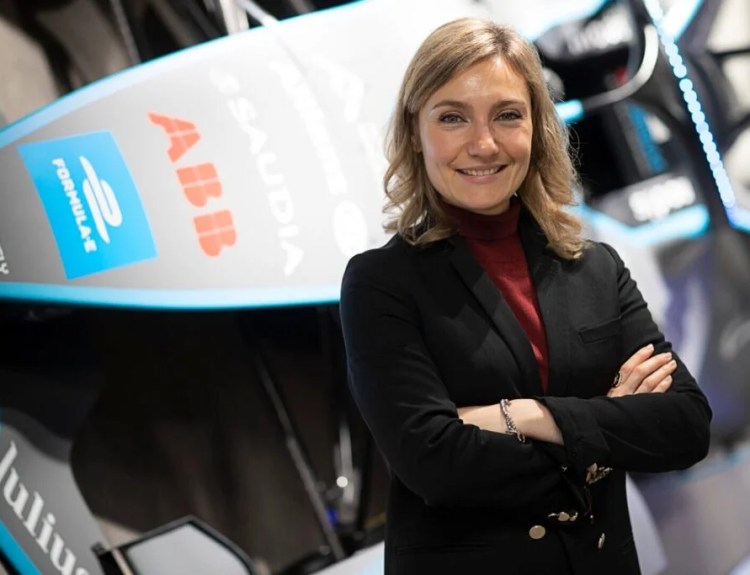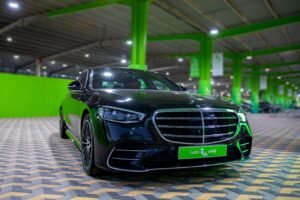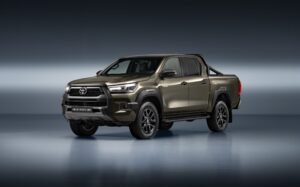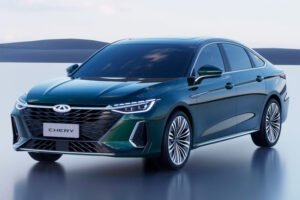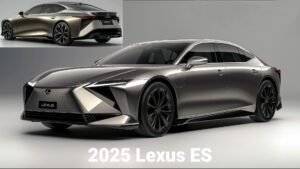A true powerhouse in the world of Formula E, Julia Pallé is the Sustainability Vice President of the world’s first all-electric racing series. We had an exciting interview with Pallé and she talked to us about air quality, electric vehicle adoption, Formula E and its mission to help make racing better, safer and cleaner. Let’s jump into it.
Regarding the batteries, Can you explain about recycling the batteries, the fire hazards and the effect of the weather in our region (MiddleEast), it reaches 50 degrees.
The battery topic is obviously very important, we’ve always worked to make sure that the batteries would be the safest possible and in fairness, in 10 seasons of the competition, we only had one battery incident.
What formula E is focusing on is that these batteries are going to be strong and perform to expectations so that we can support the consumers in really advancing the technology on their day-to-day cars, the passenger cars to make sure that range anxiety is not going to be an issue.
And if you take a step back and look at the 10 seasons of racing, when we started with the two cars per driver, because the battery would not last the 45 minutes length of the race versus today, I mean the battery need to be able to complete the race and through the regenerative braking and so on and so forth, we have far more energy and power.
That’s really what we are wanting to convey as a message. I think as you alluded to, there’s a very strong piece of work that we’re doing on the battery end of life and second life, which is very important, which means that we recycle all the batteries, but most importantly, we repurpose all the minerals that go into the cells and there are no rare earth minerals into the cells. And second, all those minerals get repurposed and reinserted into the following season cell.
Are we including Cobalt as well?
Lithium is not rare on earth and there’s a little bit of cobalt, as we go in and evolve, there’s no rare earth minerals in our batteries.
I’m sure you’re aware of all the criticism regarding the excavation of cobalt, especially in the Republic of Congo and child labor, etc. How about not using cobalt anymore in the batteries. Is this a plan in the future?
Yeah, so I mean, we, we’ve taken a slightly different approach. We’ve decided to go to suppliers and to a supply chain that is basically certified for their environmental and social practices, it’s called Grade A suppliers, which basically gives us the reassurance that is the battery supplier, the reassurance that the minerals that are used into the batteries are coming from supply chain sources that are managing environmental and social impact in the best possible way. There’s no pollution in the local community, there’s also no slavery, hard labor, and so forth.
Are you guys looking to use solid state batteries in the future?
I would say it’s not the short-term future, but it’s a midterm solution that we are very much considering seriously. We’re just not at the phase where solid state batteries can be a direct replacement for the reality of lithium-ion batteries in terms of power and efficiency at the moment.
Formula E as you mentioned earlier is the baseline for electric vehicles like Formula One to ICE vehicles, they drive the technologies from Formula One, they use the technologies to implement in ICE cars. Is it the same case of formula E? or it’s just a race that people just competing.
Formula E was created for two main reasons. We created the championship to be a technological laboratory to make sure that we would push the innovation around electric vehicles and be able to transfer those innovations into the road cars that you and I are driving or will be driving tomorrow. So making sure that the entire industry is able to step up in terms of EV technologies. We have fantastic examples around that.
If you think about the innovation curve, as an example, extremely fast technology transfers that Jaguar introduced a 10%, software update that gave extra battery life to all their consumers on their Ipace SUVs and so on.
So, this is effectively working, and this is why we were created. The other reason why we were created is really to showcase, the pinnacle of electric racing and that electric racing is obviously the future because it’s going to be the technology that road cars are going be using and so we inspire people to adopt a sustainable lifestyle.
Obviously promoting a very concrete solution through the mobility side, but I would say bigger and broader altogether, showcasing that there are some sustainable solutions. You can switch to renewable energy. You can phase that from single use plastic in your day-to-day life, which is what we’re doing. We’re applying that ourselves to our own events. First of all, we’re showcasing that we practice what we preach, and we coach, we showcase that to our fans, and we basically give them solutions to live a more sustainable lifestyle that is not going to feel like a compromise, but it’s going to feel more exciting while being more efficient together.
Regarding the manufacturing process of the Formula E cars, are the manufacturers reducing the carbon footprint during the manufacturing process? Are there any measures that they’re doing using renewable energies, for instance, solar panels during the manufacturing process?
Yes, absolutely. So, this is something that we’ve been working on a lot for the Gen three car or the car that we just introduced in season nine. So, we took all the learnings of the carbon footprint measurements we had done on generation two, and we use that to set basically a benchmark for all the tires, battery and chassis suppliers to say, this is the footprint of gen two, which is minimum in comparison of the championship footprint is less than 1%, but it’s very important because it’s symbolic.
Under the threshold that we had for gen two, and it’s the first time ever that the FIA, the International Federation of Motorsport, put together some sustainability KPIs, mandatory KPIs in the tenders around the measurement of the footprint, the reduction of the footprint, and offering solutions to basically have a clear path toward the end of life for the tires, the chassis, the battery cells, second life for the minerals in the battery cells.
So this is really something that we’ve tried to push and pioneer to showcase once more that the racing and the reason element powerfully coexist in the championship.
How are you guys recharging the batteries? Which stations are you using? Are these stations actually using fossil fuels to generate electricity?
It’s a very important question and I’m sure each time the general public understands how crucial it is to have an electric vehicle, but to charge it with renewable energy. So again, this is something that we’ve taken very seriously, and we make sure that our cars are always, always charged with renewable energy. And there are two ways we do that. Either we charge on the grid of the different countries that we race, but most of the time it’s not possible because the amount of energy that we need when we charge the cars is so big, it could cause an issue to the grid security.
So most of the time we use off the grid solution disconnected from the grid of the country.
And we have two ways on that. Either, uh, generators that are fueled with a renewable energy that is called HVO. It’s waste cooking oil that are turned into the same chemical product as diesel, but it’s basically made from a waste. It’s the only biofuel that is classified as a renewable by CT.
What we’ve started to introduce is energy storage system. So, battery packs from old battery electric vehicles that have been converted in storage systems, basically connected to each of the cars to charge them. But in any case, it’s always renewable energy because it’s really important for us to showcase that to the consumer so that they understand that you need to charge your electric vehicle to reach the maximum benefit that they can provide from a social perspective in terms of health, air quality and reduction of CO2 emissions with renewable energy.
LIBERTY GLOBAL TO ACQUIRE FORMULA E STAKE – GearsME – English

